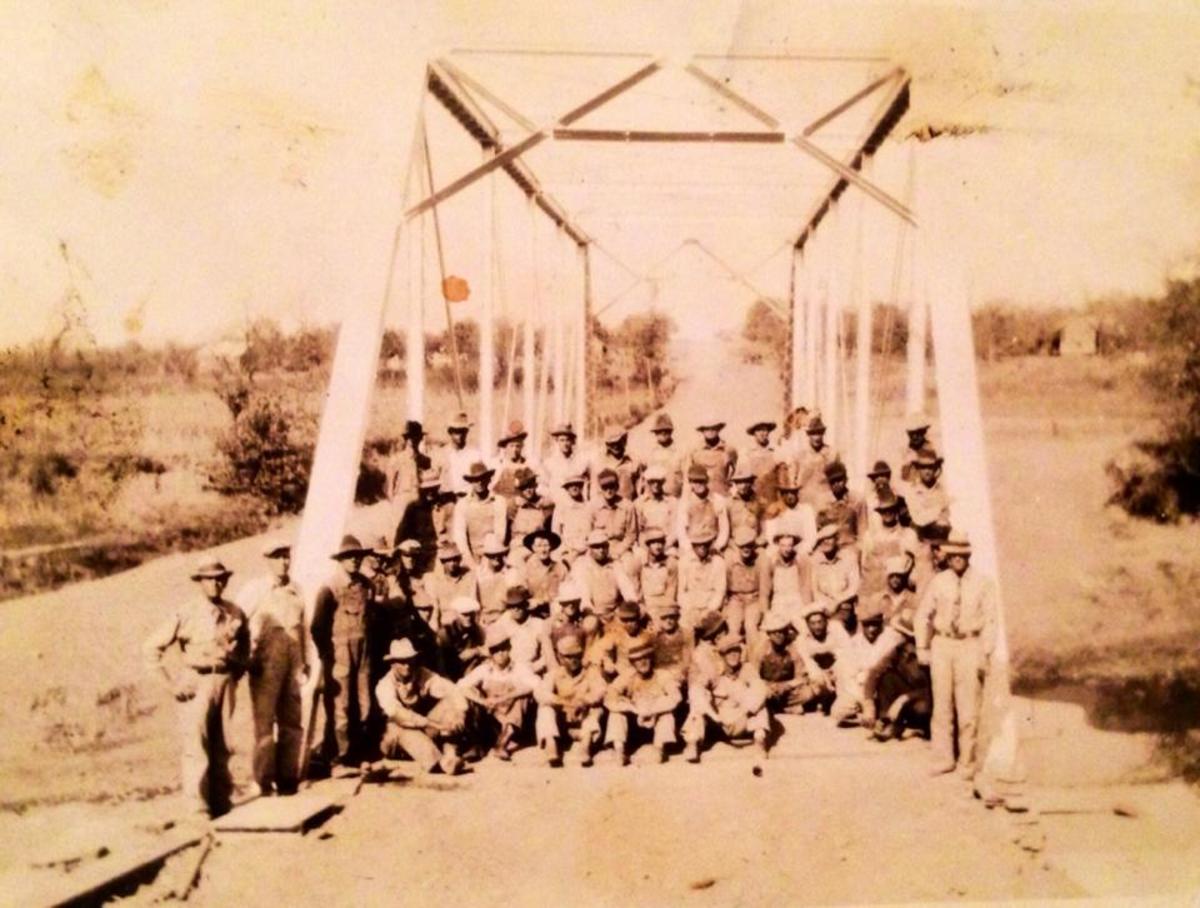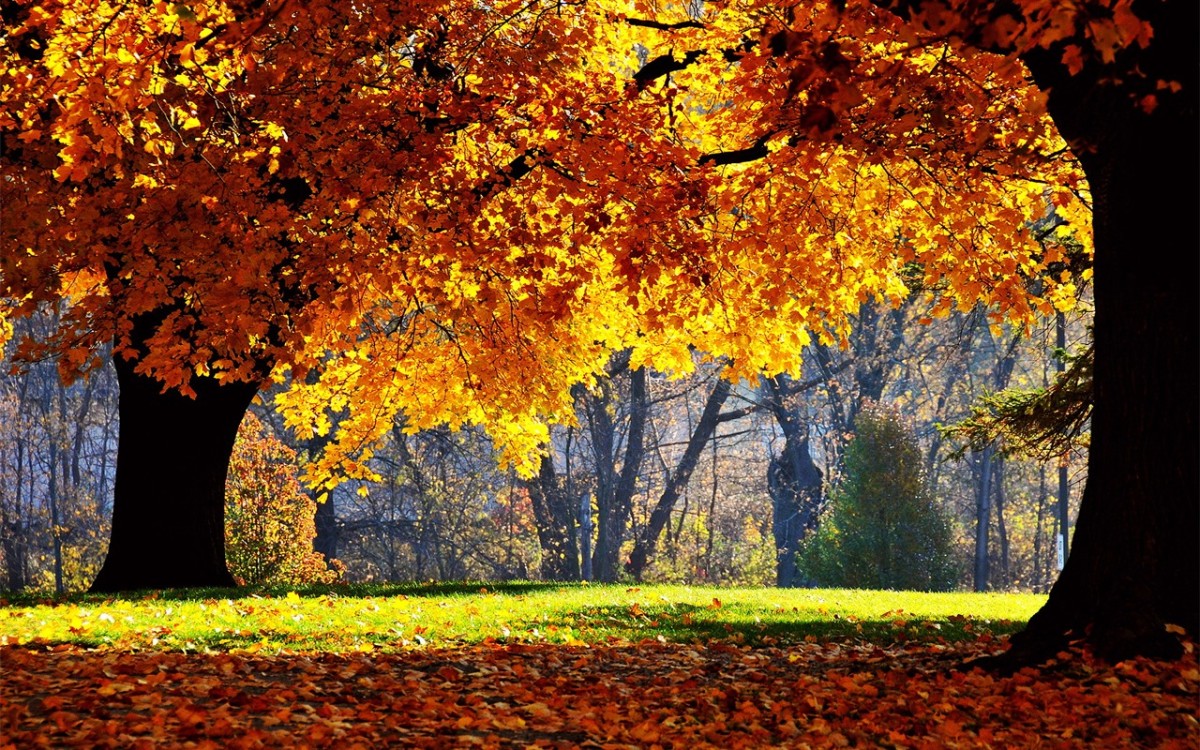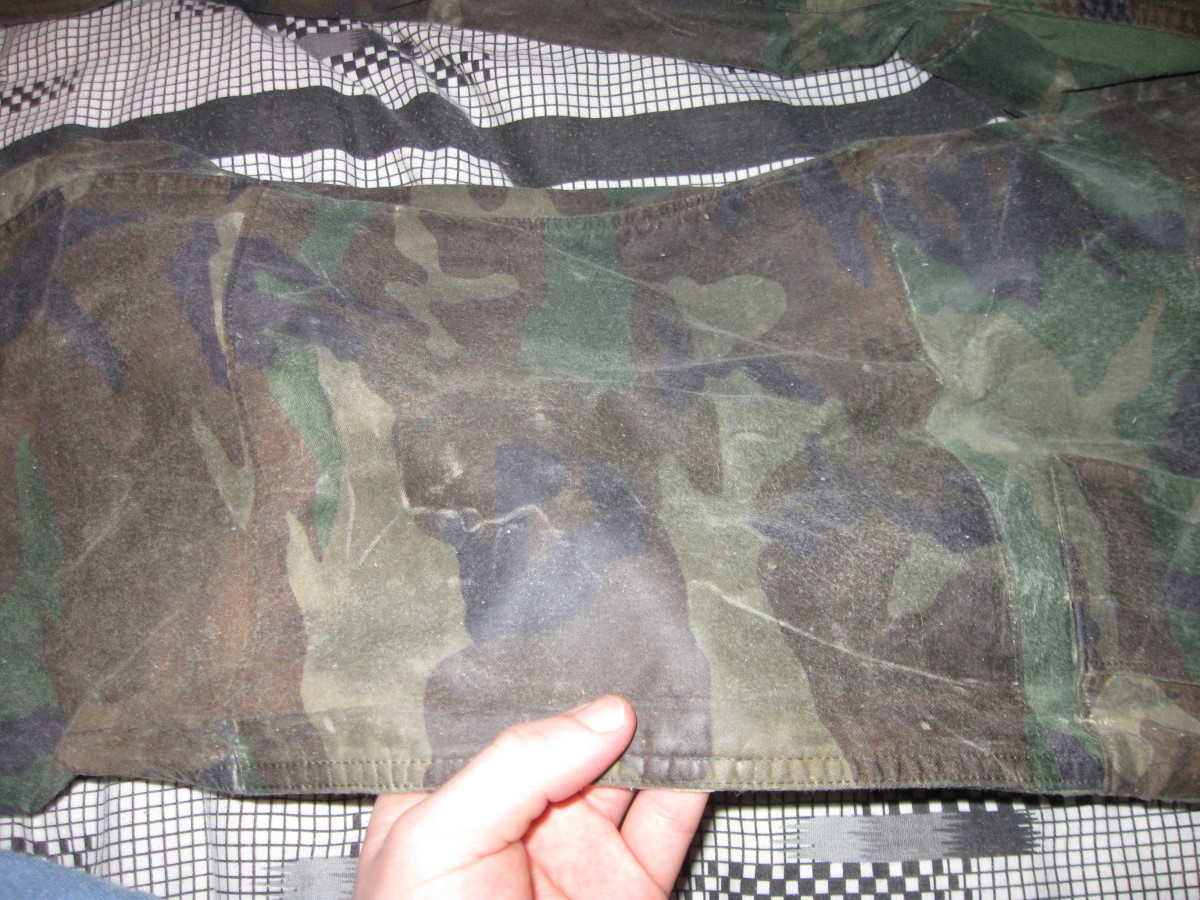Living in a Flood Zone
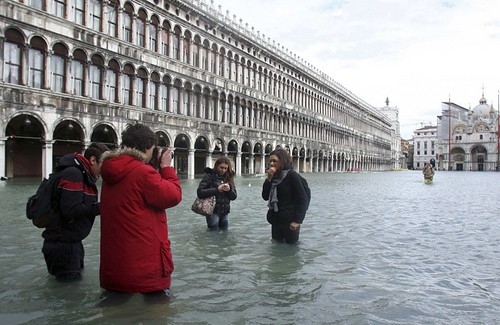
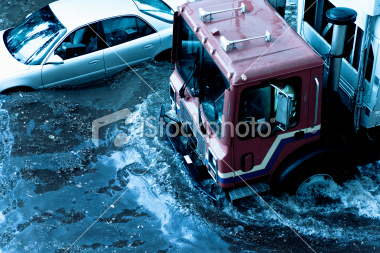
Being Prepard in Advance For a Flood Can Mean the Difference Between Life and Death
Many regions in the world qualify as flood zones for different reasons. In most cases they are in low lying zones, but this does not have to be always the case. Some regions that one might consider safe are also prone to flooding. Floods can come from a number of directions. Floods result from spring tides, storm surges from hurricanes and ocean born storms, catastrophic volcanic melting of glaciers, collapse of dams, natural and man-made, spring run off and flash floods. Floods associated with river deltas, ocean front property and lowlands are what most people think off when they hear "flood zone". But highlands can also experience floods in valleys between mountains and in high plains. Those who live in various regions, who have experienced floods, know that they live in a flood zone. Given this consideration, there are proactive and reactive steps one can take in a flood zone and to deal with flooding when it comes.
About 80 percent of humanity lives in large coastal cities and many of these on river deltas. Thus a triple flood threat situation exists. There is the river flooding usually due to winter run off of flash floods up river. Storm surges caused by spring tides or from tropical storms and hurricanes bring threat of flood from the sea. In addition, a sub oceanic earthquake on the far side of the ocean can cause tsunami flooding. Of all flood risks, the last is hardest to predict and prepare for except for short notice.
If you live in a two story dwelling, you will need to move all your furniture and valuables to the second floor or higher in order to prevent as much damage to them as possible. This of course would only work in slowly accumulating floods like from a quick snow melt.
The very first thing one must do is to acknowledge that one lives in a flood zone and to be prepared for that eventuality. Next you have to prepare a flood survival kit in order to survive it and escape to safety. Accessibility to your survival gear is of primary importance. For flood situations, this would mean in the attic stashed with an ax and an inflatable boat. In a flood or approaching tsunami, you need to get to high ground and likely very quickly. It would be nice to actually live on high ground, but most of us do not have that option. Failing that, an early warning system must be in place and in use. This is a consideration if you must live in a flood plain due to work etc. Barring that, have an inflatable boat at the ready and your survival gear nearby. The survival kit should include the following items.
surviving a Flood (Part of a Series)
1. Solid and comfortable hiking boots for you and the entire group/family. You should also have sturdy work type or wool socks, (at least two pairs).
2. A portable water filtration unit and pump, hand operated and suitable tough collapsible containers equivalent to provide 4 liters of water per person per day. Alternately, have bottled water ready at hand for three days for everyone. Another alternative is halizone water purification tablets or small container of bleach and eye-dropper.
3. Dried food like waterproof packaged trail mix, nuts (unsalted), fruit leathers, dates, granola bars, protein bars, beef jerky and the like. Secondarily, take along canned items.
4. Salt, pepper, spices.
5. Good, tough functional clothing for all types of weather. Include military type putties wraps for pant cuffs/boot tops (have at least one change and items for type of weather).
6. Emergency cash to carry you and family for a two month (less rent costs: No need to pay rent or mortgages on a home that’s gone). Keep this in a waterproof container.
7. Bedding for camping like a sleeping bag and thin, resilient ground mat.
8. Shelter like a tent or means to make a lean too (8X12 tarp or large plastic bags).
9. Heavy duty plastic sheet.
10. Watch, preferable an analog type instead of a digital readout face.
11. Important identification including contact lists and pictures of family, friends, financial records, in waterproof containers.
12. If you have an infant, formula and diapers to last for the duration.
13. If you have a pet, food for the duration.
14. Cooking utensils includes kettle, frying pan, boiling pot, knife/fork/spoon combo, propane or butane stove and extra fuel, plates, cups, bowls (enameled camping or disposable, your choice) folding portable can opener (not the standard kitchen type) and bottle opener.
15. Cleansing wet naps individually wrapped, self contained, like the KFC type. Alternately, a waterless had cleaner or soap.
16. Face masks (dust and medical), eye shields, disposable latex gloves, sun-glasses, extra prescription glasses if needed.
17. Knife (Swiss army, folding or Bowie (your choice) and sharpening stone, oil), hatchet, folding shovel, fishing line and hooks, rope, wind/waterproof matches, rifle, ammo or bow and arrow.
18. Emergency lighting, kerosene, gas or battery/solar charged electric, cylume glow sticks. Include a battery flashlight and extra batteries. These days, light emitting diode flashlights are the way to go as they last long and are very bright.
19. First Aid kit including insect repellent, snake bite kit, chap-stick, sun-block. You should have the knowledge to deal with first aid emergencies that you are likely to encounter like possible drowning, exposure, cuts, abrasions and broken limbs.
20. Pencil and notebook in waterproof container.
21. Hand/foot warmers.
22. Toothbrush/paste.
23. Toilet tissue.
24. All required prescriptions (one month supply) Aspirin based like Tylenol or Advil.
25. Signaling mirror and whistle.
26. Lensatic or sylva compass and maps of your area showing high ground regions.
27. Crank and/or solar power radio, two way radios.
28. Optional, GPS locator and cell-phone.
29. Large, light Backpack, duffle bag or secondarily, a large suitcase with pull handle and wheels.
30. Book on wild edibles and/or comprehensive survival for all situations.
31. Extra set of house and car keys.
32. Mosquito netting (for warm weather and infested areas). Mosquitoes will proliferate after a river flood where water pools in hollows when the flood abates.
33. You should have a solid quality inflatable boat like a zodiac type, inflating equipment and a repair kit. You may consider a means of propulsion like a small outboard motor or even a rigged sail. Be sure to have personal flotation devices for every member of the crew.
34. Rope is one of the most important items in your survival kit and has dozens of uses. Learn knot craft or make sure you at least have a reference on knots and uses.
Survival Fire Making
For "kinder, gentler" floods, such as a winter melt that doesn't come on too quickly and you are already at an elevation where sea floods are not a risk, there is an option that can be considered. This requires that you have yet to build your house. Before you build your house, dig a pool like foundation that will be a place where you can build a basement/barge combination. While the pool foundation is being constructed, have your house utility services, like water line, power lines, sewage lines and gas lines hooked up via flexible lengths of watertight conduit with some slack. Then you can construct the barge that sits in the pool, which will be dry and empty. Make sure the barge you build is "seaworthy". Connect you utilities into it and build the house on the barge. The barge should be larger in area than the house and of sufficient size to buoy everything that it is expected to lift in a flood. It is somewhat like a houseboat, only landlocked; that is until the flood. Make sure that the barge is secured to the pool foundation with stout rope or chains with enough slack to accommodate flooding and lifting.
When the flood comes, water will enter the pool like foundation you have built and lift the barge due to buoyancy. The barge and house will rise with the flood waters and remain close to the pool with utilities intact. You will be high and dry when others are underwater. In this situation, your house becomes your lifeboat and all you have to do is wait until the flood subsides. You may include an inflatable boat in order to travel to the new shoreline and back during the flood period. Needless to say, you'll have all the comforts of home during the flood. However, your power utility company may not be as prepared as you are, so a small generator may be handy during power outages. When the flood recedes, your houseboat will settle gently back into its foundation. The "landlocked houseboat" described has already been tested successfully in flood zones in Great Britain, so this is not something new and untested. In many parts of the world, housing is built on stilts in order to accommodate periodic flooding. This is a variation of the idea for non periodic flooding. Building such a house would be a proactive solution as opposed to a boating escape from a flooded house that is a reactive solution.
Basic Survival Skills; Charcoal Water Purifier in the Wild
Wild Foods Year Round
Resources for survival skills




